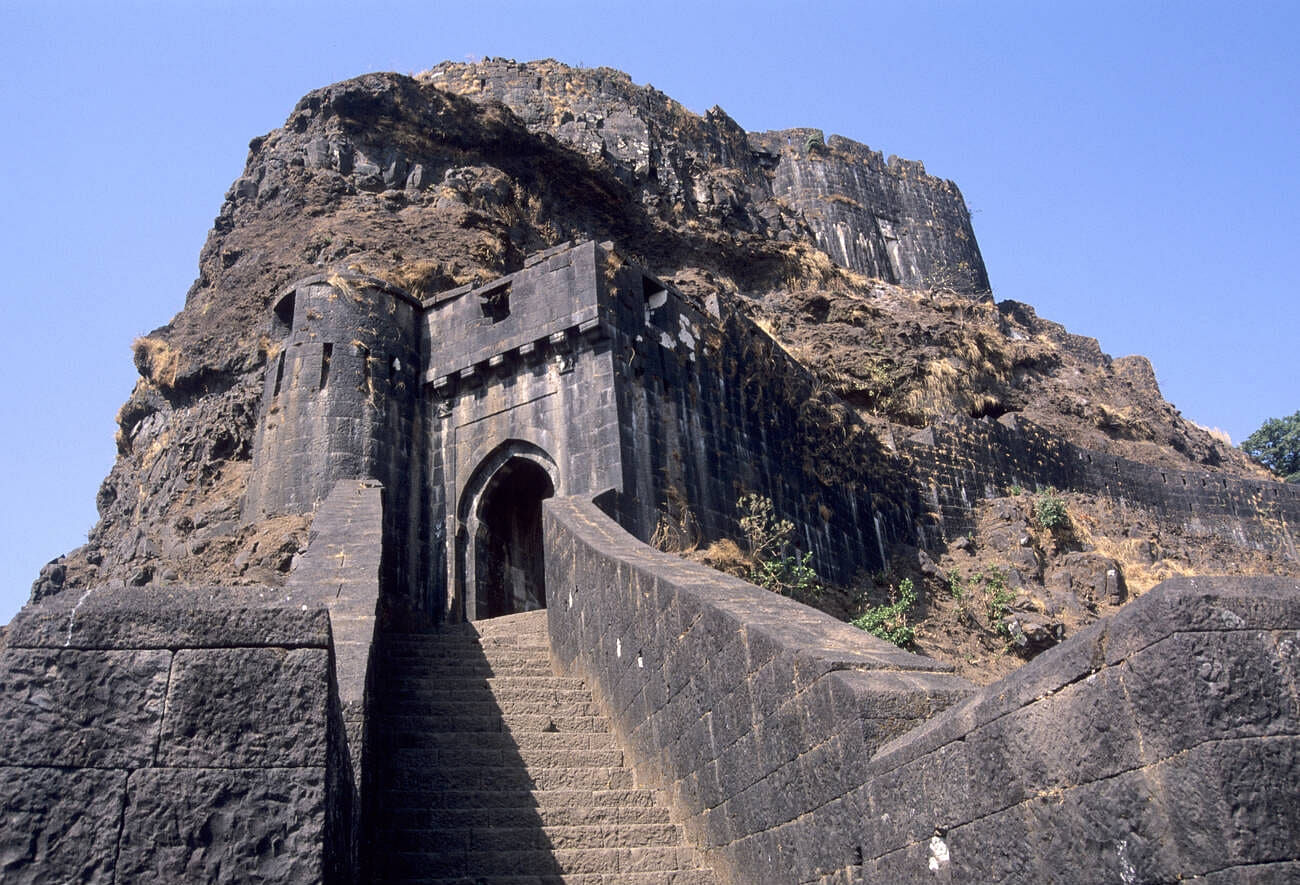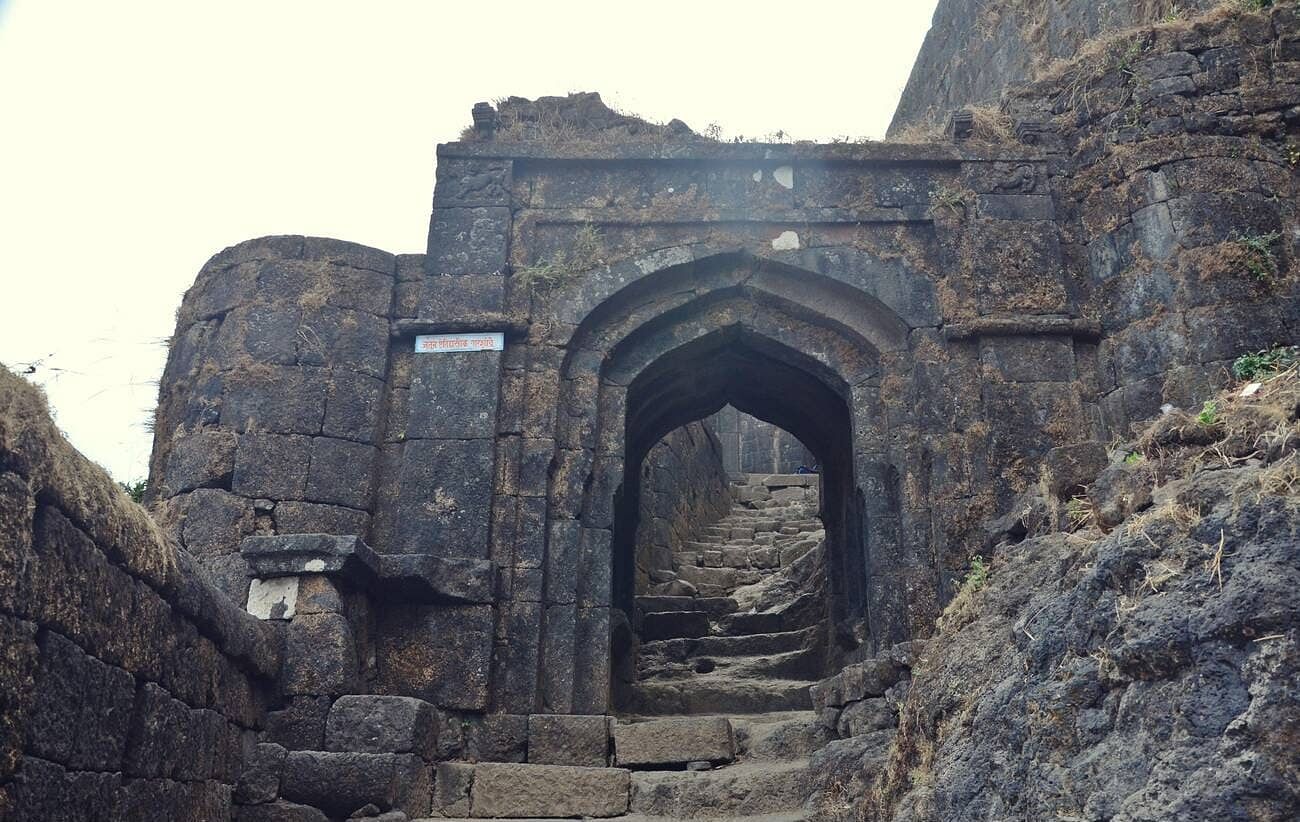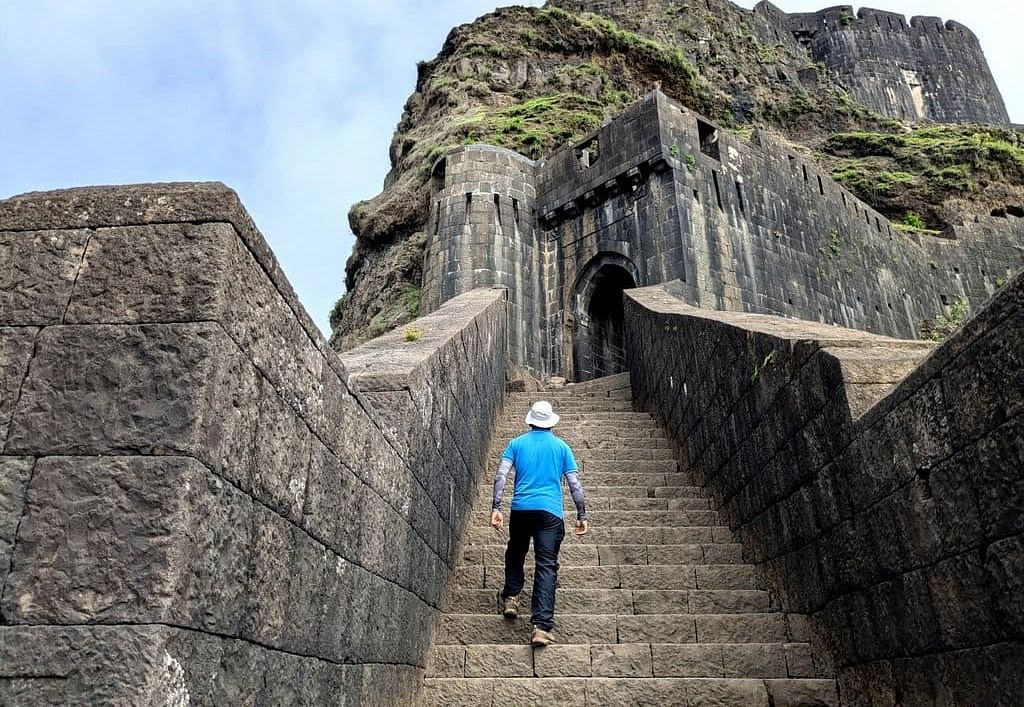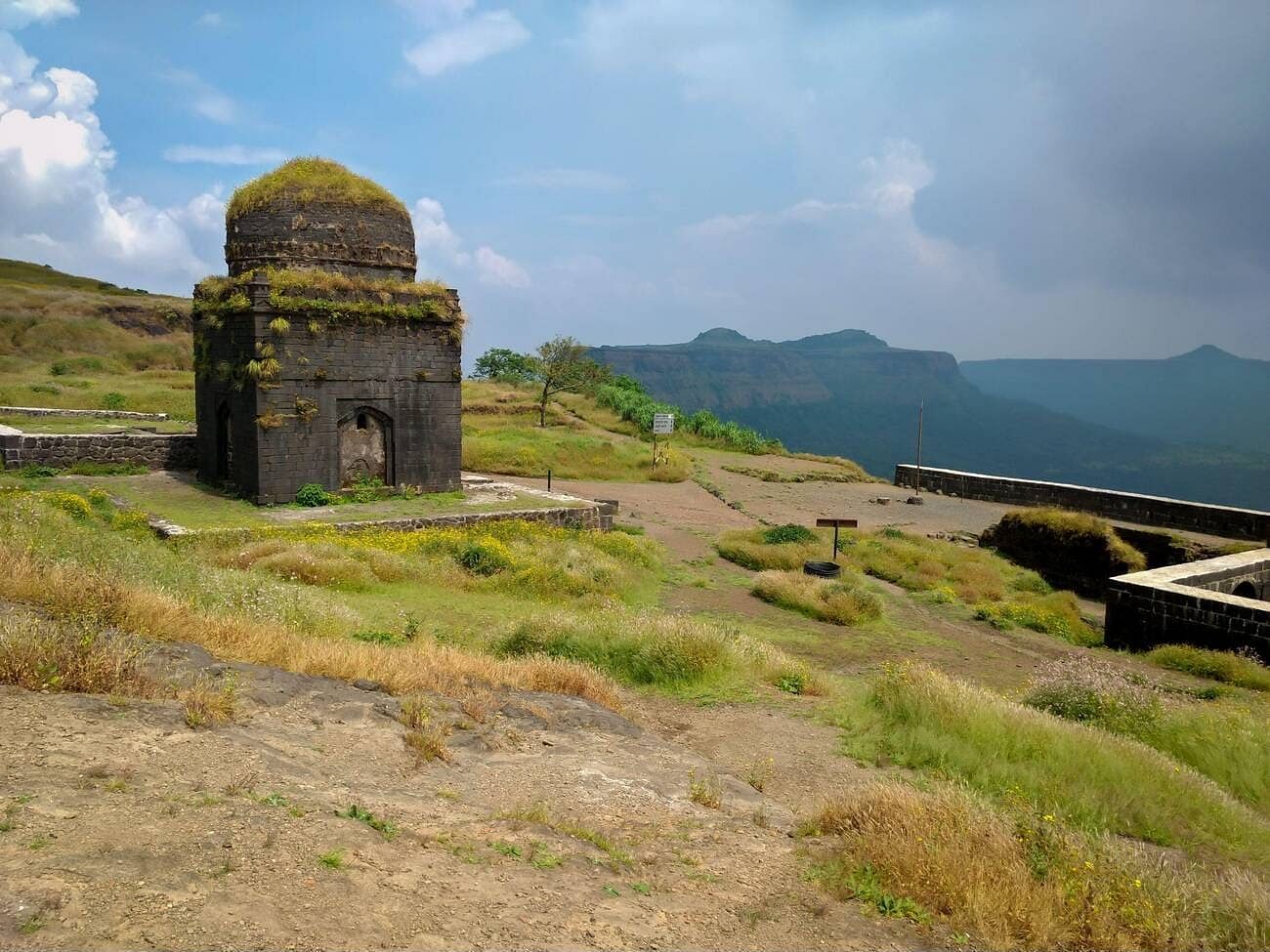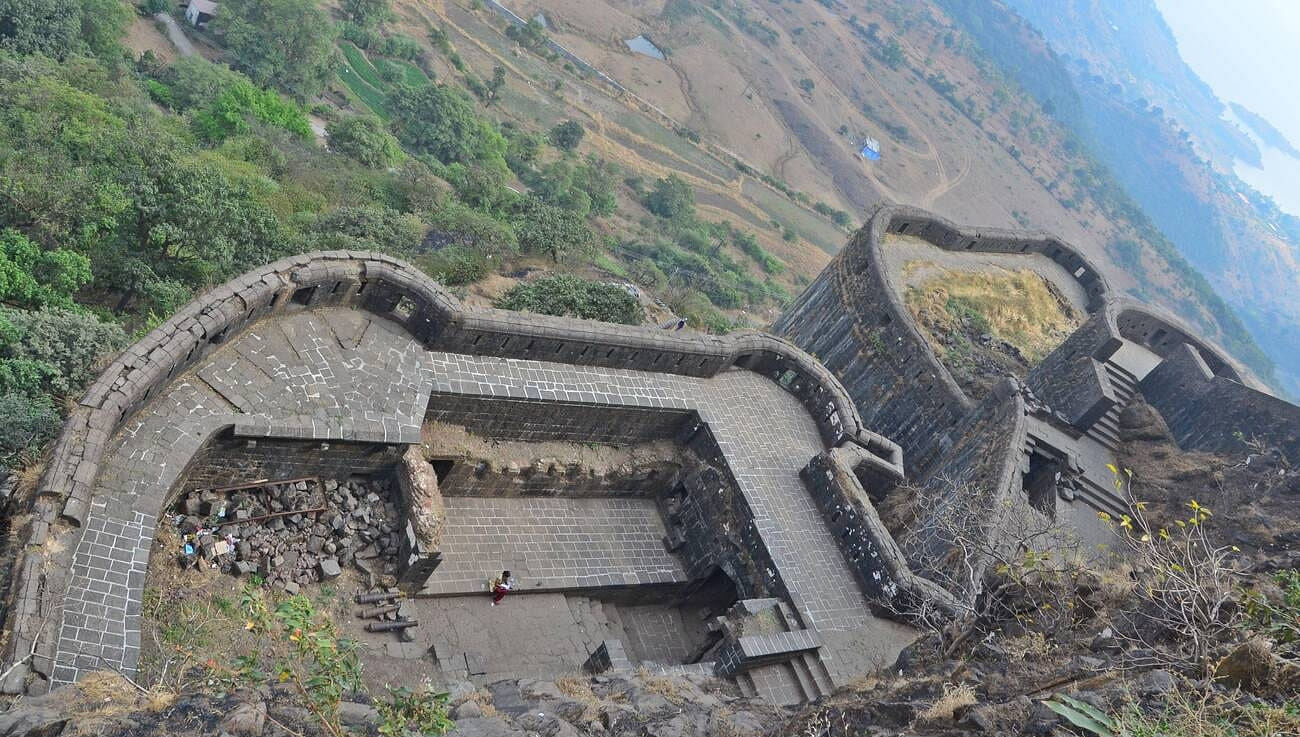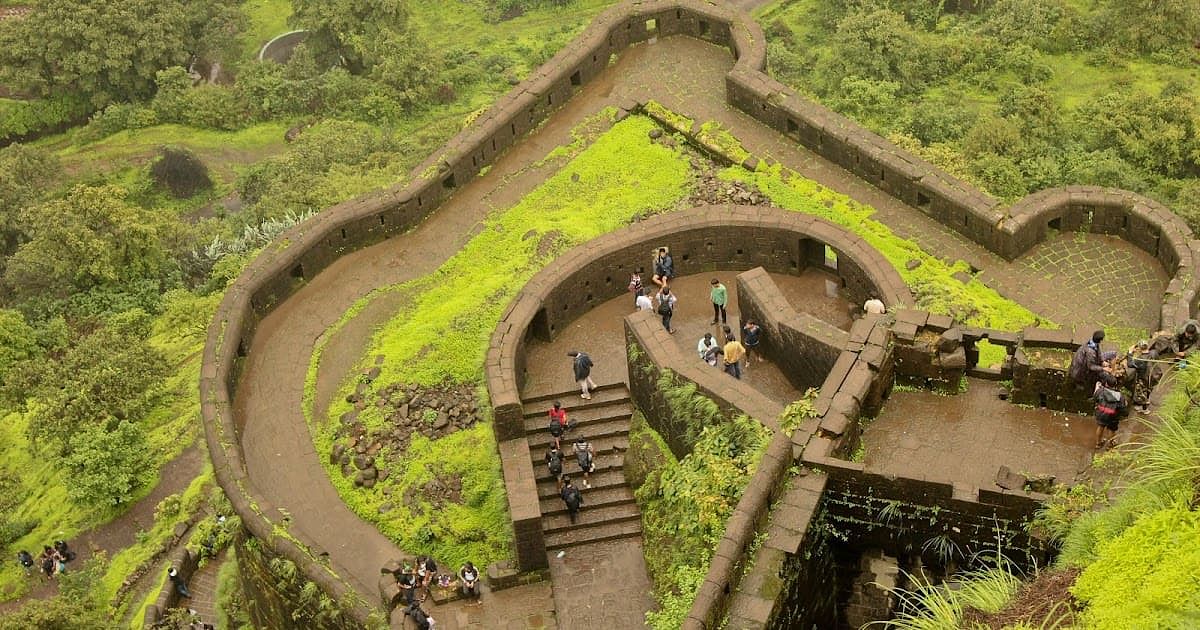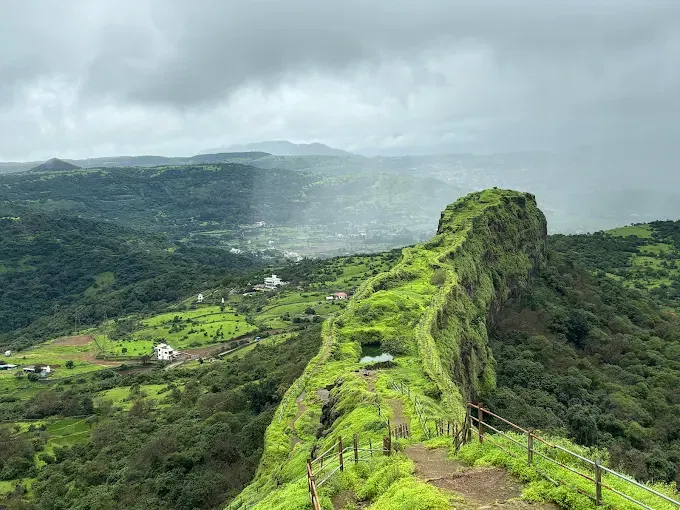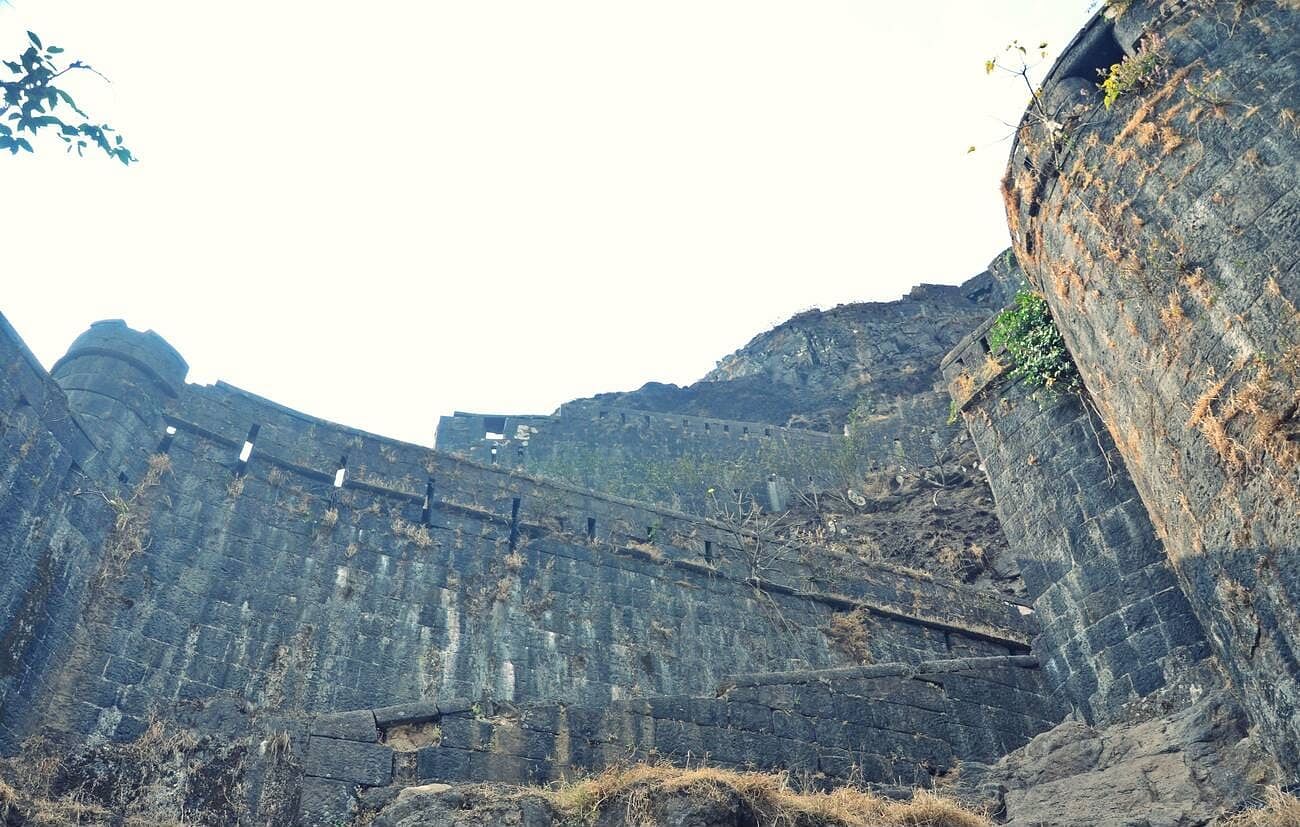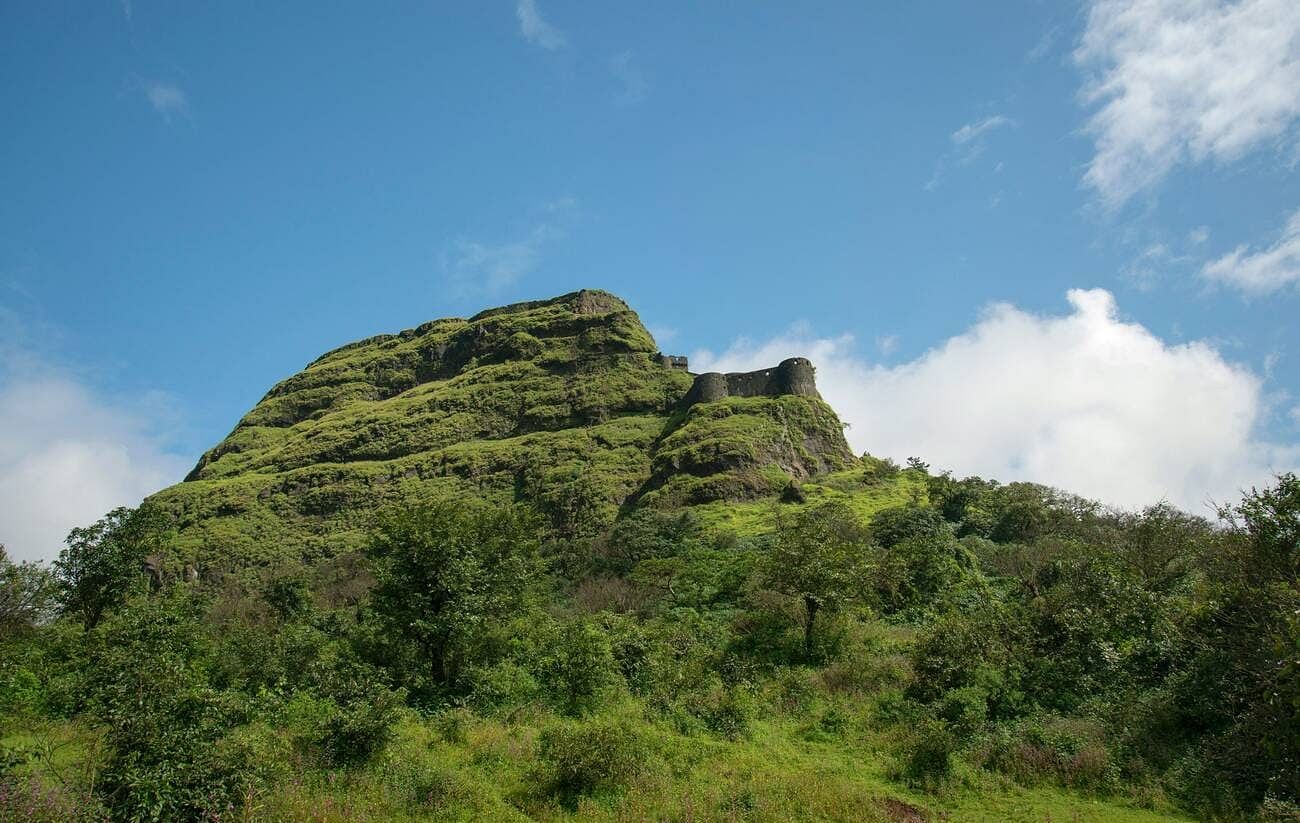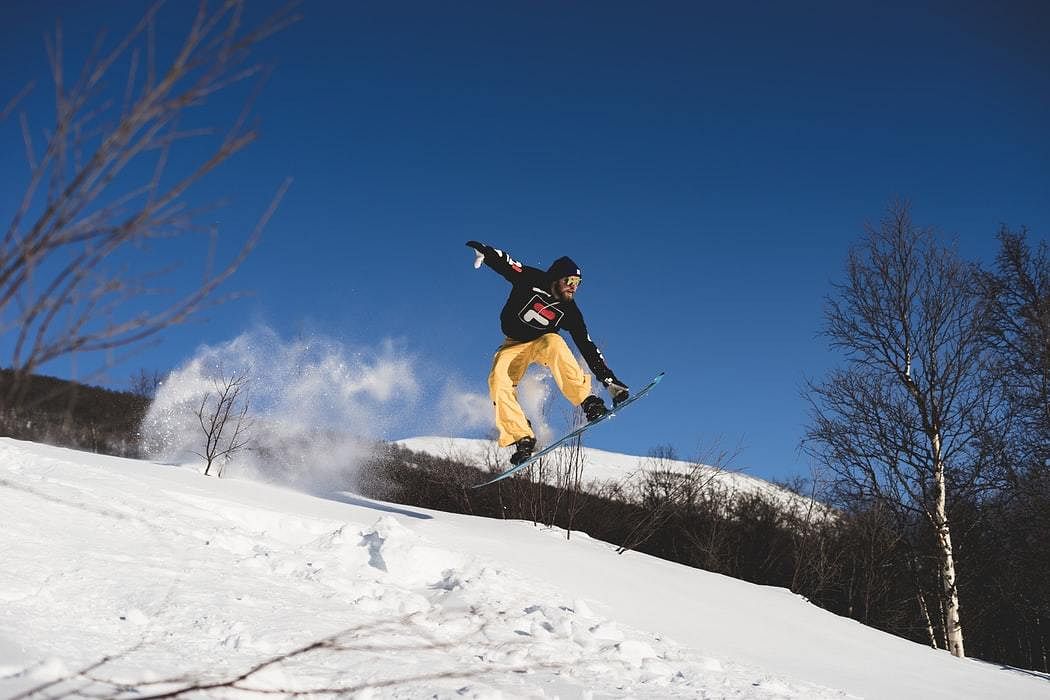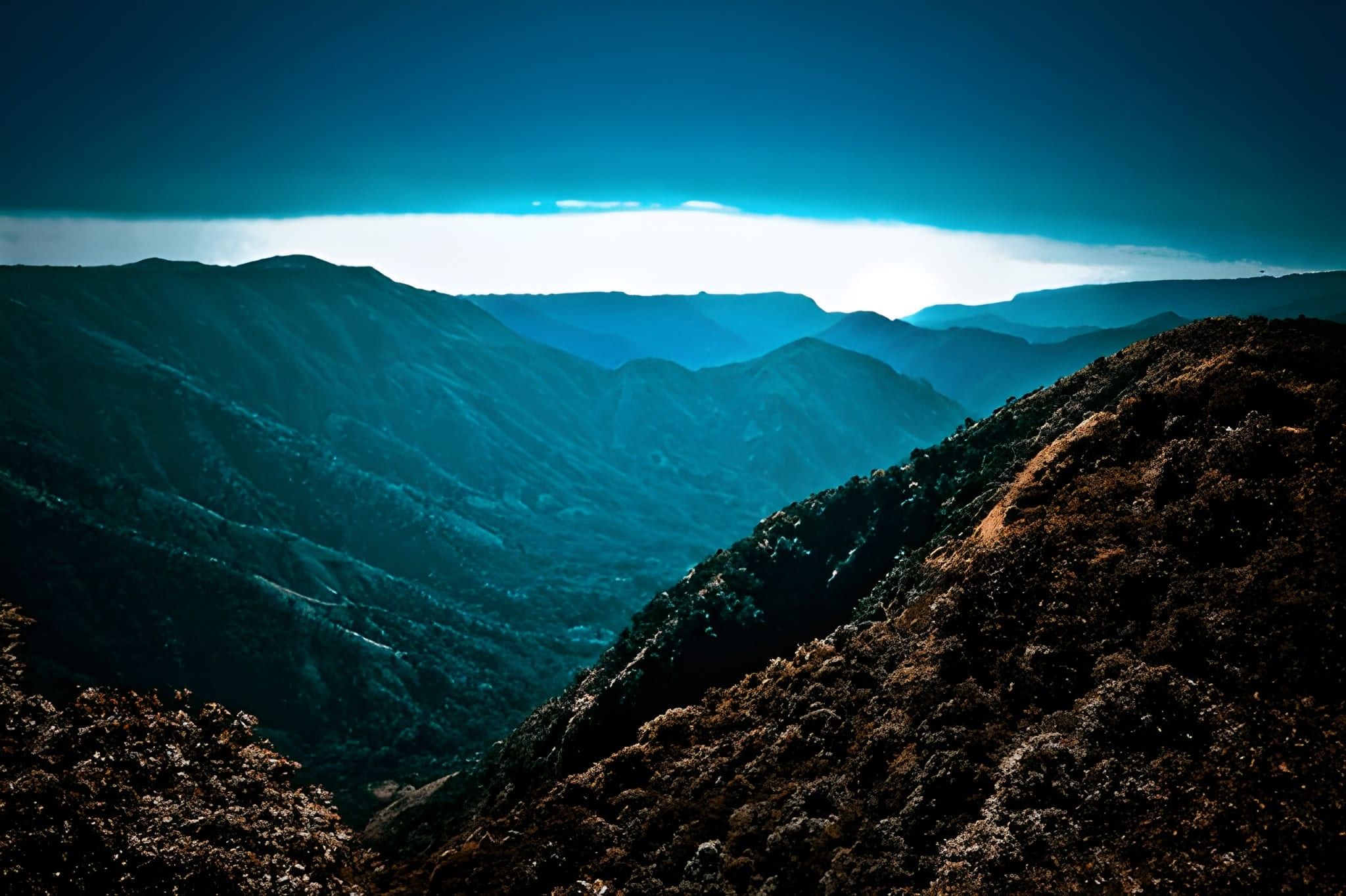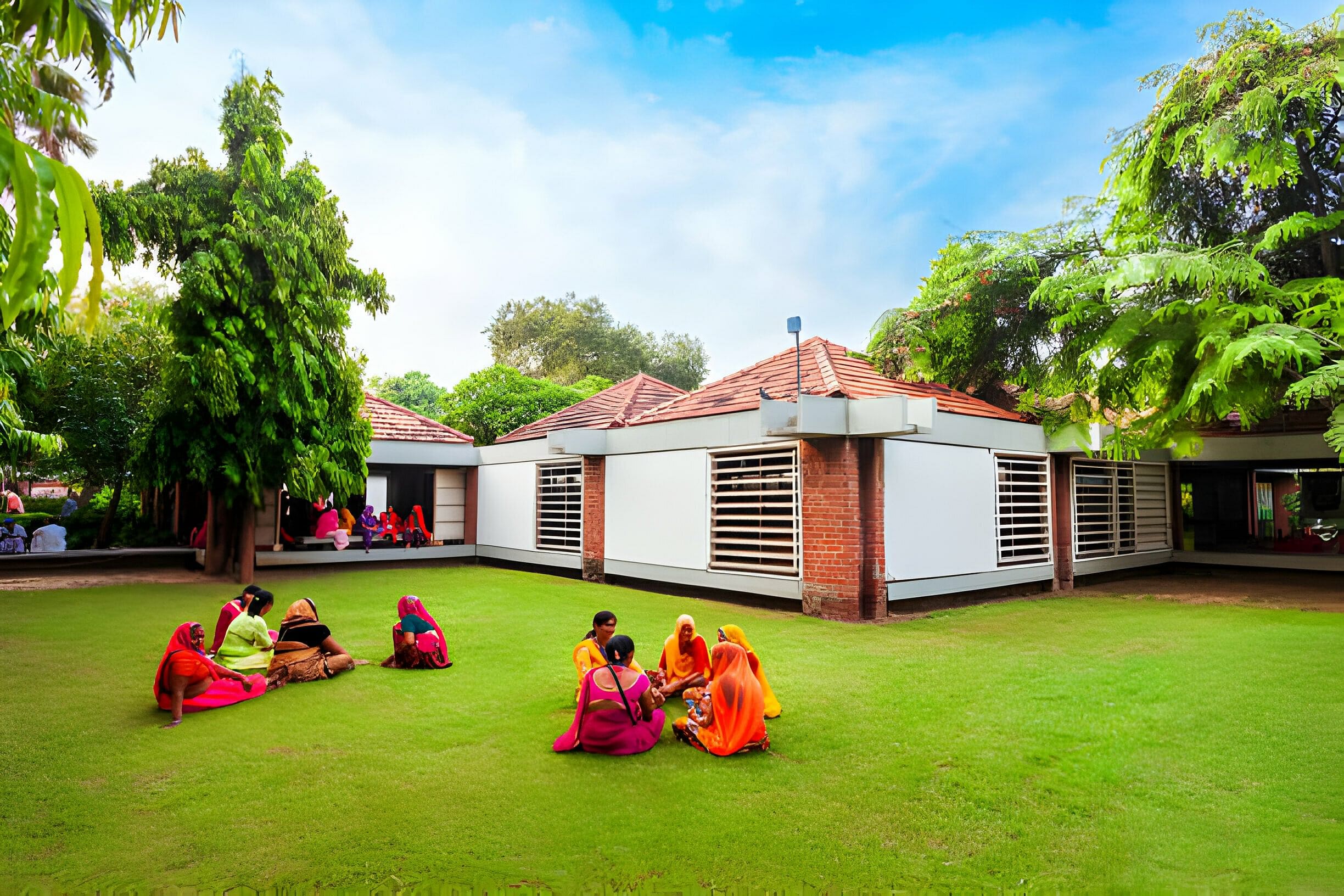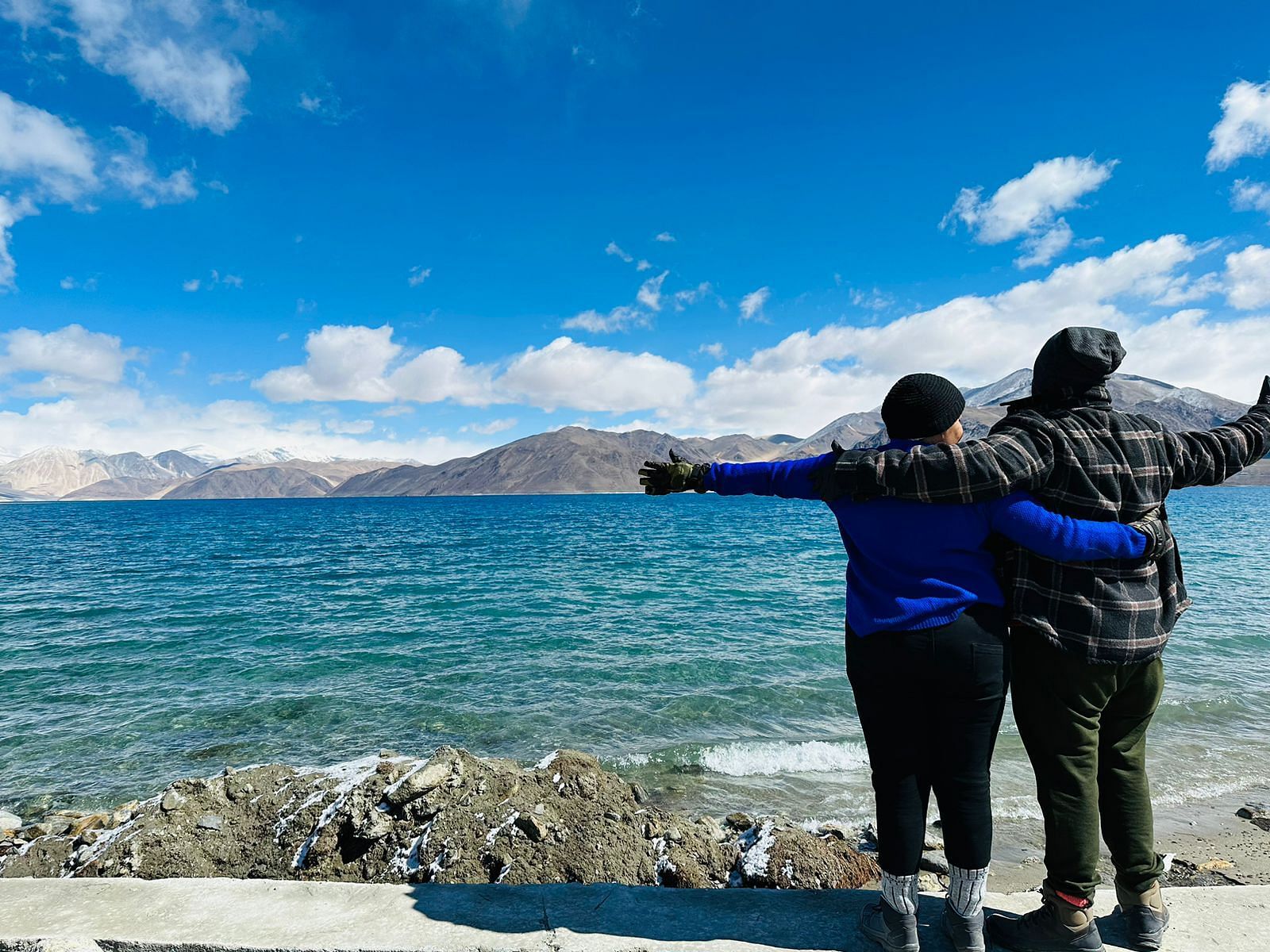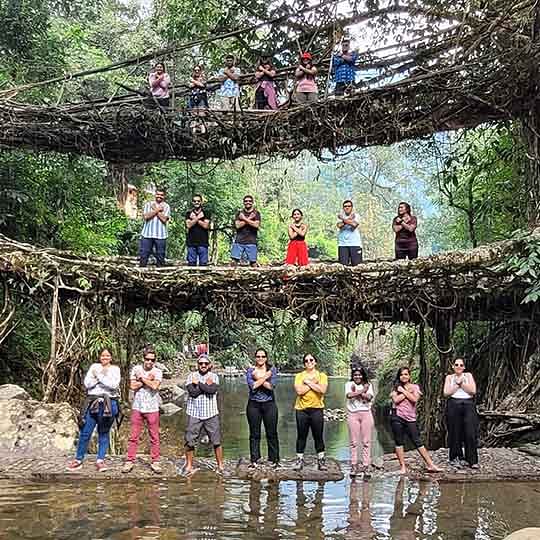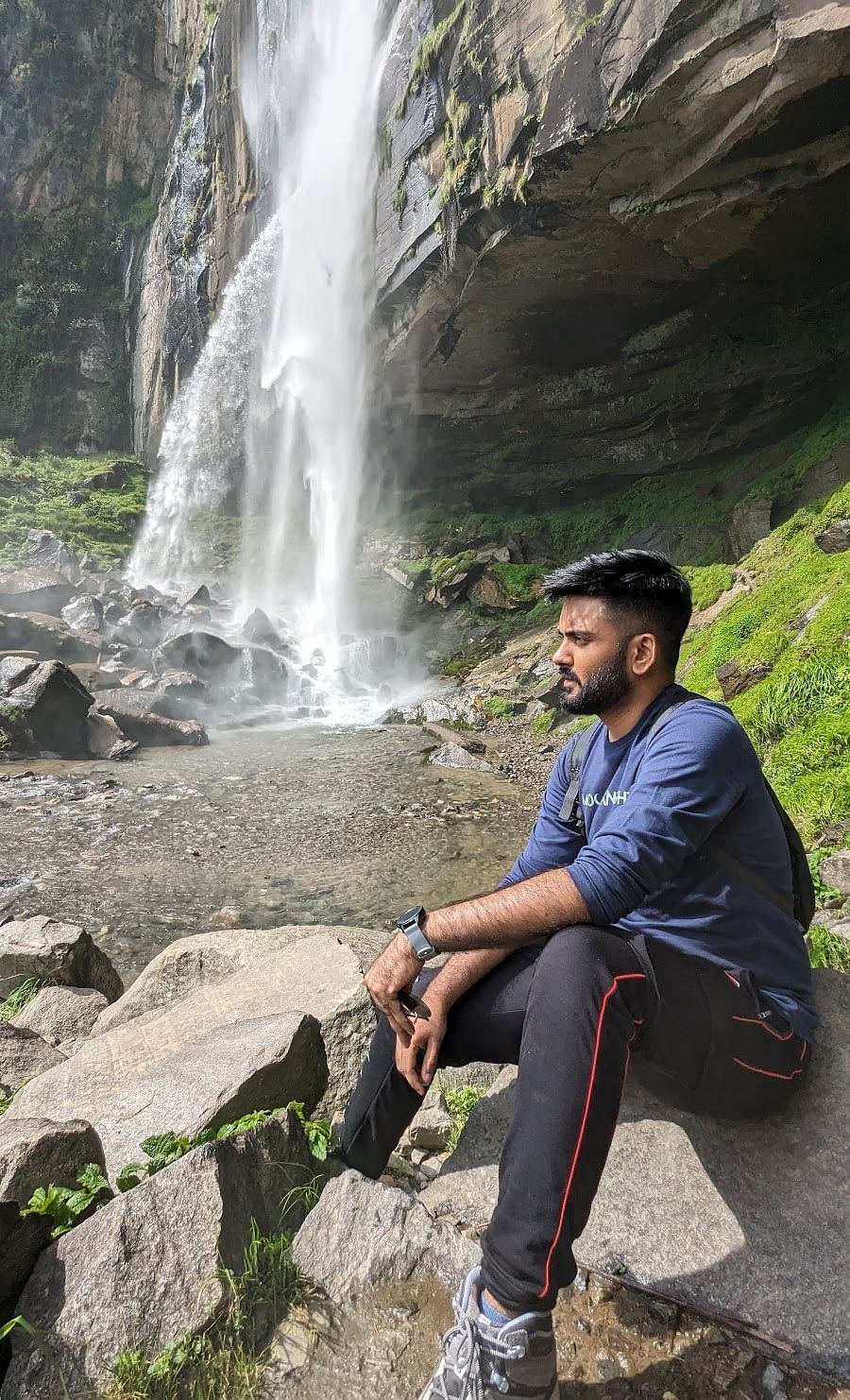Ever dreamed of walking through clouds while tracing the footsteps of Maratha warriors? Welcome to Lohagad Fort, one of the most breathtaking hill forts near Lonavala! Rising 1,033 meters above sea level, this “Iron Fort” blends adventure, history, and nature into one unforgettable experience.
Just a couple of hours from Mumbai and Pune, the one of the best places to visit in Lonavala, Lohagad Fort trek is perfect for beginners and seasoned trekkers alike. In the monsoon, the stone steps glisten with rain, waterfalls gush around you, and mist wraps the entire fort in a magical haze — making it one of the most scenic trails in the Western Ghats.
If you’re planning your next India trip, this destination deserves a top spot on your list. With WanderOn, you can uncover the perfect mix of thrill and tranquility at Lohagad — where every climb tells a story and every view feels like a painting.
History of Lohagad Fort, Lonavala
Lohagad Fort is one of the most iconic forts of Lonavala, each telling a unique story of Maharashtra’s rich history. Long before trekkers and travellers set foot on its steps, Lohagad Fort stood as a silent guardian of empires. Built during the Satavahana dynasty, it has seen centuries of battles, betrayals, and bravery. The fort later came under the rule of the Nizams, Mughals, and the Marathas, each adding their chapter to its legend.
In 1670, Chhatrapati Shivaji Maharaj reclaimed Lohagad after the Treaty of Purandar. He chose it as the treasure fort — storing the legendary loot from his successful Surat campaign within its strong stone walls.
Even today, when you walk through its giant gateways and along the famous Vinchu Kada (Scorpion’s Tail), you can almost hear echoes of soldiers’ footsteps and the clang of swords. The blend of rugged cliffs, winding stairways, and timeless architecture makes Lohagad not just a fort — but a living story of Maharashtra’s fearless past.
Suggested Read:Forts in Lonavala
The Trek: Lohagad Fort Trek
- The Lohagad fort trek is considered easy to moderate, suitable for beginners.
- From Malavli base, it generally takes about 2 hours to reach the fort top.
- There’s also a shorter path from Lohagadwadi that takes around 40 minutes.
- The total trekking distance is roughly 5 km in some routes.
- On your way, you’ll climb stone steps (about 250–300 steps), some uneven.
Also Read: Places to Visit in Lonavala
Best Time to Visit Lohagad Fort
When is the perfect time to climb Lohagad Fort? While the fort is beautiful all year, the monsoon season (June to September) is simply magical. Rain-drenched trails, lush green valleys, and mist-covered cliffs turn the fort into a dreamy landscape perfect for photography and adventure lovers.
The winter months (October to February) are also ideal, offering cool, pleasant weather for trekking and exploring nearby places Lohagad Fort like Pawna Lake and Bhaje Caves. Summers can be hot, making the climb a bit challenging, so it’s best to plan carefully.
For a full sensory experience, visit early morning to witness the sunrise over the Western Ghats. Trekking with friends or family during weekends adds a lively vibe, but weekdays are quieter for those who prefer solitude. Knowing the best season to visit Lohagad Fort ensures you get the perfect mix of weather, scenery, and adventure.
How to Reach Lohagad Fort
Wondering how to reach Lohagad Fort for your next adventure? You have multiple options depending on your starting point. Located around 11 km from Lonavala, 52 km from Pune, and 100 km from Mumbai, it’s easily accessible for a weekend India trip.
- By Train: The nearest station is Malavli Railway Station. From there, a short 2 km walk or auto ride takes you to Lohagadwadi Village, the main base of the trek. Many trekkers start here to experience the scenic climb.
- By Road: You can drive or take a bus to Lonavala. From the town, head towards Bhaje Caves or Lohagadwadi, which serve as convenient starting points. Parking is available at both locations.
- By Trek: The Lohagad Fort trek itself is about 2–3 km from the base, with roughly 300–350 steps, taking 1.5 to 2 hours for most beginners. Whether you’re traveling solo, with friends, or family, this route is beginner-friendly and filled with stunning views at every turn.
Suggested Read: Most Beautiful Valleys in India
Lohagad Fort Timings and Entry Fee
Planning your climb? Here’s all the practical info you need for Lohagad Fort timings and entry fee. The fort is open from 6:00 AM to 5:30 PM daily. Trekking early is recommended to avoid crowds and enjoy cooler temperatures.
Good news: entry to Lohagad Fort is free! However, a small parking or road fee of ₹25–₹50 per vehicle may apply at the base. Local guides or porters are optional but can add to the experience, especially for first-time trekkers.
If you’re combining your trip with a stay, several resorts near Lohagad Fort offer comfortable lodging and easy access to the base. Staying nearby also lets you catch the sunrise or enjoy the monsoon mist covering the fort — a truly unforgettable view.
Things to Do at Lohagad Fort
- Trek the Fort: Enjoy the scenic Lohagad Fort trek with panoramic views of the Western Ghats.
- Explore Vinchu Kada: Walk along the famous Scorpion’s Tail for thrilling cliffside views.
- Discover Ancient Gates & Walls: See historic fortifications and learn about Lohagad Fort history.
- Visit Water Cisterns: Explore old stone water tanks that once stored rainwater for the fort.
- Photography: Capture breathtaking views of Pawna Lake, valleys, and green landscapes.
- Nature Walks: Enjoy lush greenery, wildflowers, and small waterfalls, especially during monsoon.
- Combine Nearby Places Lohagad Fort: Include attractions like Bhaje Caves, Tung Fort, or Pawna Lake for a full adventure.
- Relax & Picnic: Take breaks on flat sections and enjoy the serene atmosphere with friends or family.
Interesting Facts About Lohagad Fort
Several interesting facts about Lohagad Fort Lonavala make it an attractive place.
- Its architecture is a blend of different styles due to the various dynasties that ruled it.
- The fort has four main gates named Ganesh Darwaja, Narayan Darwaja, Hanuman Darwaja, and Maha Darwaja, each reflecting unique historical elements.
- Lohagad’s highlight is the Vinchu Kata, or Scorpion’s Tail, a long, narrow stretch that extends outward, resembling a scorpion’s tail.
Suggested Read: Places to Visit in Kodaikanal
- Wear comfortable trekking shoes with good grip, especially during the monsoon.
- Carry water and light snacks to stay hydrated.
- Take a raincoat or poncho if visiting in the rainy season.
- Start early morning to avoid crowds and enjoy cooler temperatures.
- Stick to the marked paths and be careful on narrow edges like Vinchu Kada.
- Keep belongings secure in a backpack to avoid loss or damage.
- Check the weather before starting the trek.




